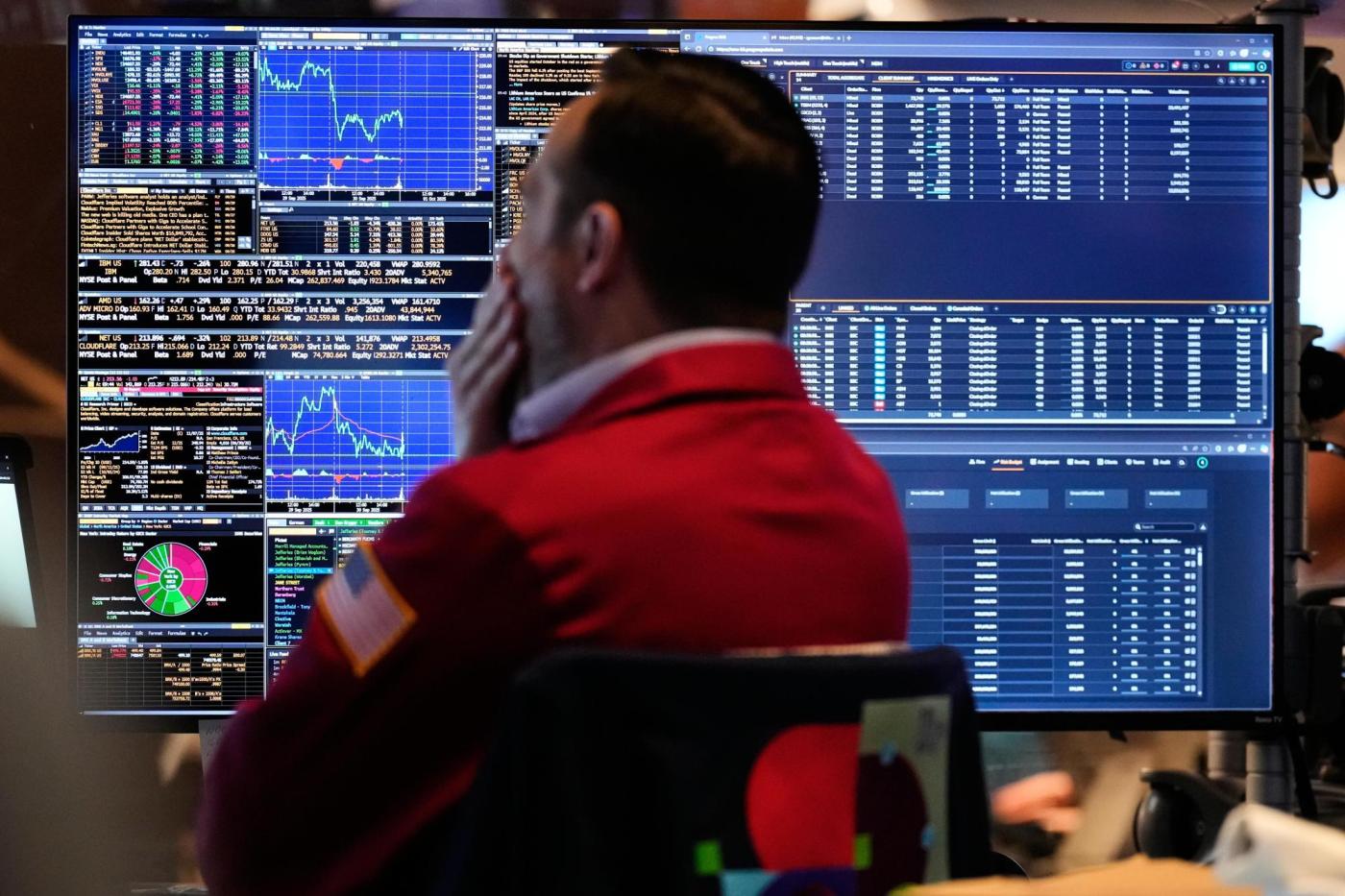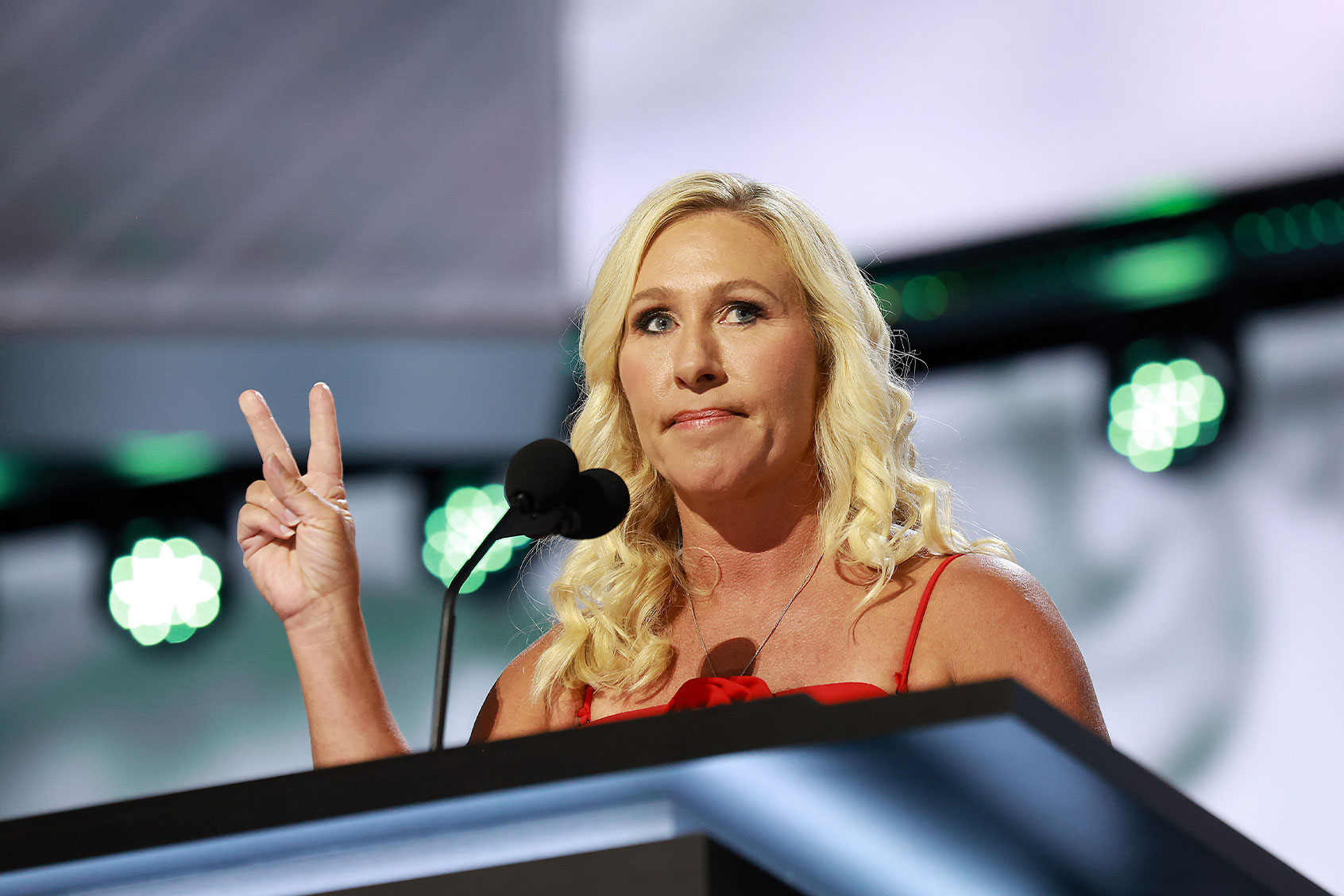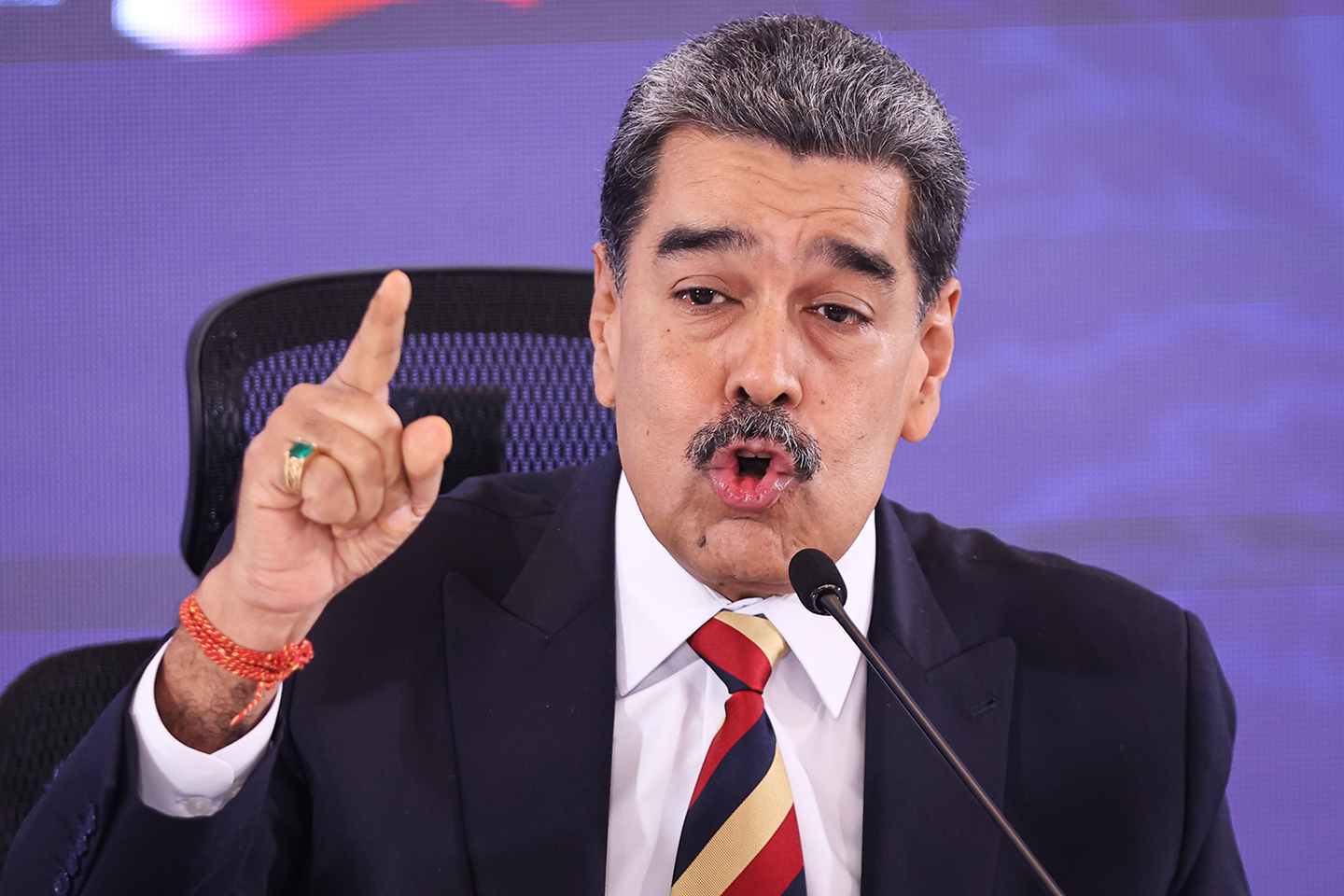The likelihood of a further interest rate cut by the Federal Reserve at its December meeting has surged significantly. This shift comes as officials express openness to additional reductions despite persistent concerns regarding inflation and a sluggish economy. Recent economic data reveals challenges, particularly with the job market, where the unemployment rate has risen to 4.4% as businesses added just 119,000 jobs prior to the government shutdown.
Delayed reports from September indicate difficulties in generating demand for workers, prompting several key officials to voice support for another rate cut. With the Federal Reserve set to meet in December, the absence of October’s hiring and inflation figures could play a crucial role in their deliberations.
Consumer spending also fell short of expectations in September, with a report released on Tuesday indicating that Americans may be losing their enthusiasm for spending amid rising inflation and labor market concerns. Economists highlight that spending trends are increasingly driven by high-income households, while lower- and middle-class families are adopting a more cautious approach. This shift could weaken the overall economic momentum.
Lydia Boussour, a senior economist at EY-Parthenon, stated, “Today’s mixed retail sales figures, combined with fresh evidence of soft private-sector hiring, strengthen the case for another cut before year-end.” The sentiment among investors has shifted dramatically since last week, with futures markets reflecting an over 80% probability of a quarter-point rate cut, up from below 40% just days prior. This increase in expectations follows comments from various Fed officials and the reemergence of significant government data.
A potential rate cut would lower the federal funds rate to a range of 3.5% to 3.75%, marking a third consecutive meeting with a reduction. However, opinions among officials on the appropriate level for the rate to avoid hindering economic growth are divided. Some argue that the current rate is already neutral, while others believe further reductions are necessary.
New York Fed President John Williams emphasized the risks associated with a deteriorating labor market, noting “I view monetary policy as being modestly restrictive, although somewhat less so than before our recent actions.” His comments have contributed to the growing momentum for a rate cut.
Fed Governor Christopher Waller, who has consistently advocated for cuts in light of labor market concerns, reiterated his position during a Monday appearance on Fox Business. “My concern is mainly labor market, in terms of our dual mandate. So I’m advocating for a rate cut at the next meeting,” he remarked.
Similarly, Mary Daly, President of the San Francisco Fed, shared her support for a December reduction, stating, “On the labor market, I don’t feel as confident we can get ahead of it.” She cautioned against the risks of potential abrupt changes in the labor market.
Despite these discussions, a clear divide remains among Fed officials regarding the best path forward. Chair Jerome Powell faces pressure from the White House to continue reducing rates, but officials are cautious, indicating that decisions will heavily rely on forthcoming data releases.
Inflation has been above the Fed’s 2% target for an extended period, and officials are still assessing the impact of tariffs imposed during the Trump administration on prices. Some hawkish members of the Fed had already expressed reservations about the October cut due to persistent inflation concerns.
Boston Fed President Susan Collins, who supported the October cut, expressed hesitance about further reductions, stating, “Overall financial conditions are a bit of a tailwind, not a headwind.” She added that this environment does not suggest an urgency to adopt a more accommodative monetary policy.
As the Federal Reserve prepares for its upcoming meeting, the mixed signals from the economy complicate the decision-making process. The potential for stagflation, where economic growth stalls while prices continue to rise, looms as a pressing concern for policymakers. The coming weeks will be critical in shaping the Fed’s approach to interest rates and its overall strategy for economic recovery.







